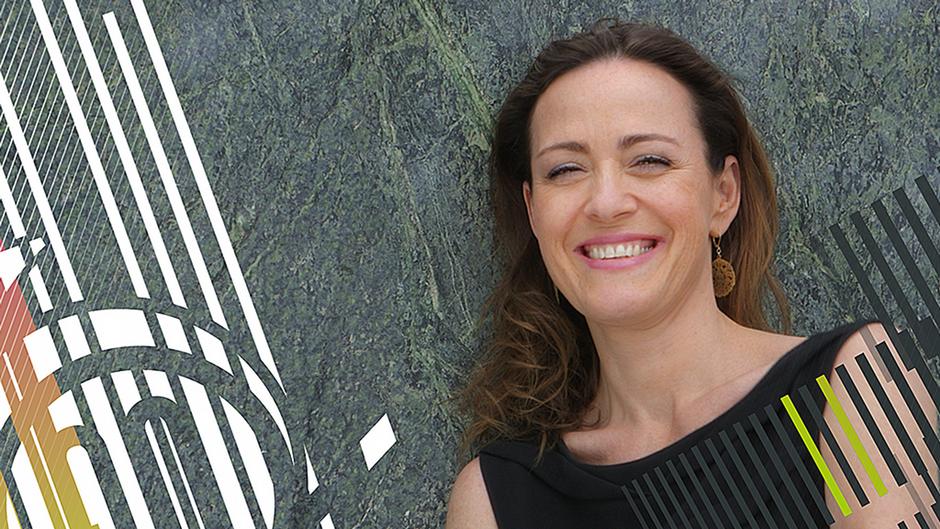
This week I am going to look at why it pays to pay on social media and share some quick and easy tips to get you started. For many years, one of the huge selling points about social media for business was that it was free and much of the organic content you will have shared would have been effective and reached your audience, but this is no longer the case. If you want it to achieve real results for your business and I’d strongly suggest assigning a paid advertising budget for your digital marketing campaigns.
I guess it isn’t surprising that these social media networks have started cashing in on their own success, and who can blame them really! However this does mean that if you aren’t already thinking about a paid for advertising strategy, you need to. Tweeting more, posting on Instagram daily, all of this is pointless unless you pay. Organic reach across the major social media channels is virtually non-existent. You could get lucky with a piece of viral content, but a lot of it does boil down to luck.
A paid advertising budget across your social channels will help you attribute new followers and fans, clicks and shares, and ultimately return on investment from your time and efforts. There is a silver lining to paying for your social media and for me, I’d say it is the fact that you can measure everything you are doing, discovering what works and what doesn’t. You can see exactly where your audience came from, how they found you, what content they looked at, what they clicked on and learn about their behaviours, which will prove extremely useful when forming your content strategy.
On Facebook, Twitter, Instagram and LinkedIn you don’t see the most recent content anymore, you will see content tailored for you from an algorithm. According to Hootsuite, in terms of ROI, more than 95 percent of brands say Facebook offers the best return, followed by Twitter and Instagram.
Here’s four really quick and simple tips and pointers to get you started with your own social media ads:
1. Share organic content to test your paid social ads
You’ll already be sharing lots of content across your social media channels, and you’ll find some content works, and some doesn’t. Learn from this and be aware of which content works and which doesn’t.
2. Target your ads.
For me, one of the massive benefits of social media ads benefits is the targeting functionality, allowing you to reach a niche and specific audience specific to you.
3. Test your ad content and images in your ads
Your adverts are a great way to find out exactly what it is your audience want, and this can be done instantly by checking out the analytics from your advert. I’d strongly recommend running at least two ads at the same time to test the effectiveness of your content and images, one could be a question (these always work well), and the other a statement or offer.
4. Set your budget and schedule
This is another huge benefit with social media ads, you get to decide how much you want to pay. You can set daily budgets or lifetime budgets with advert duration. I’d say start small, see what works and go from there.
5. Think about each network individually when your create your ads
Each network is different, with a different audience and different format. Think about what you are sharing and whether this would work on the network or not. I personally find Facebook and Instagram very effective, and LinkedIn quite pricey, but if your audience is on LinkedIn, then this might need to be your primary focus.
[“Source-worcesternews”] Techosta Where Tech Starts From
Techosta Where Tech Starts From